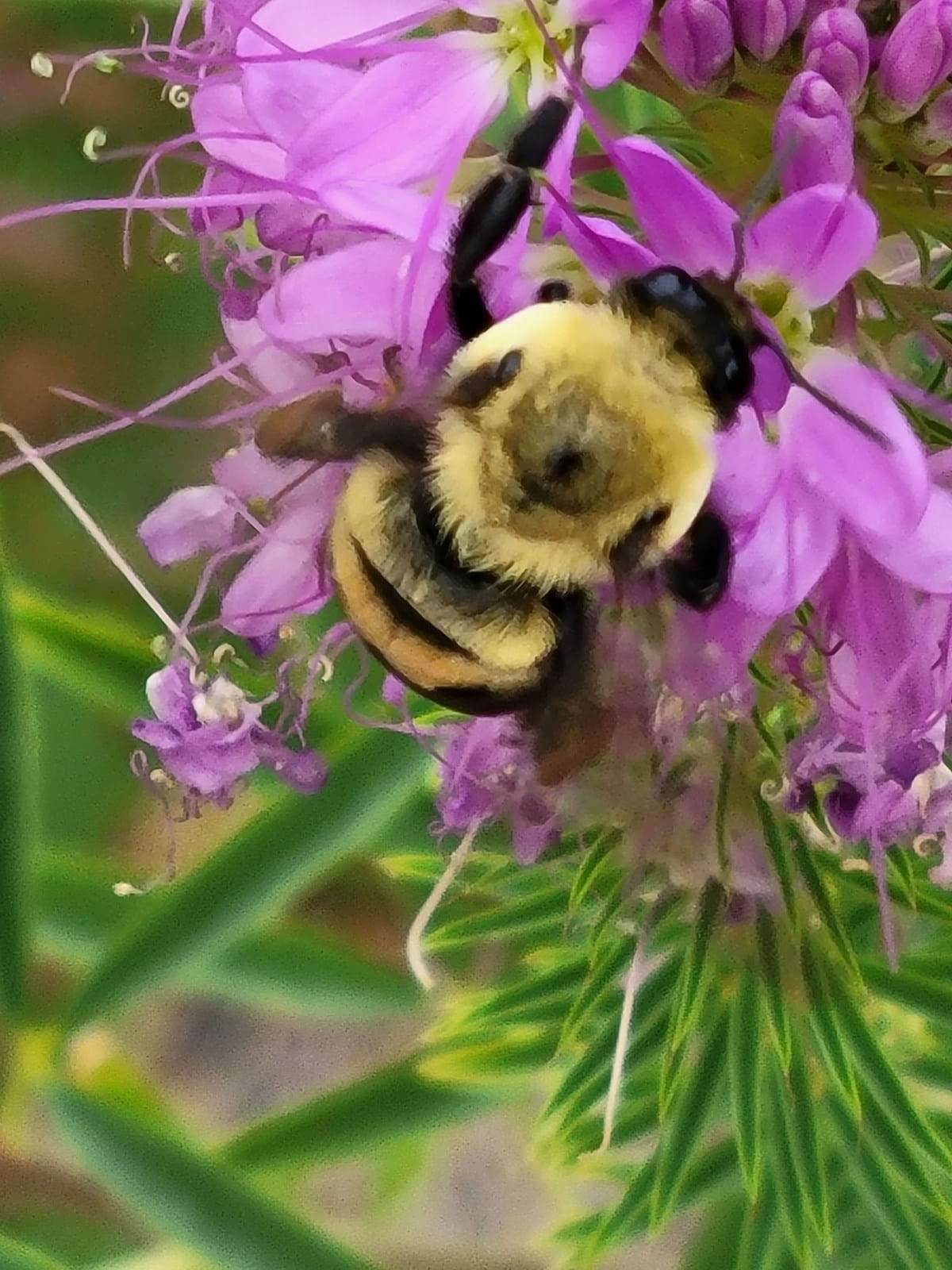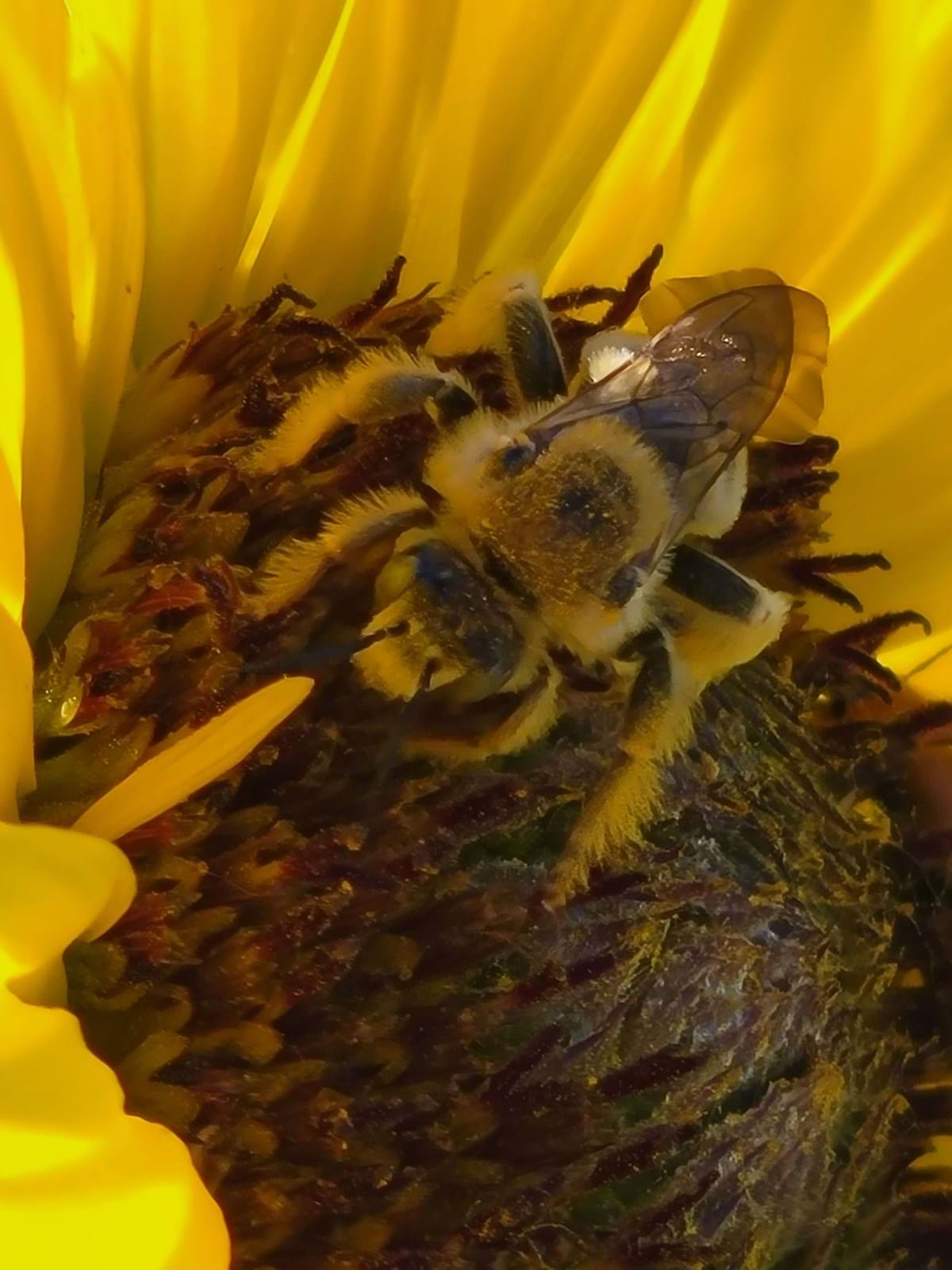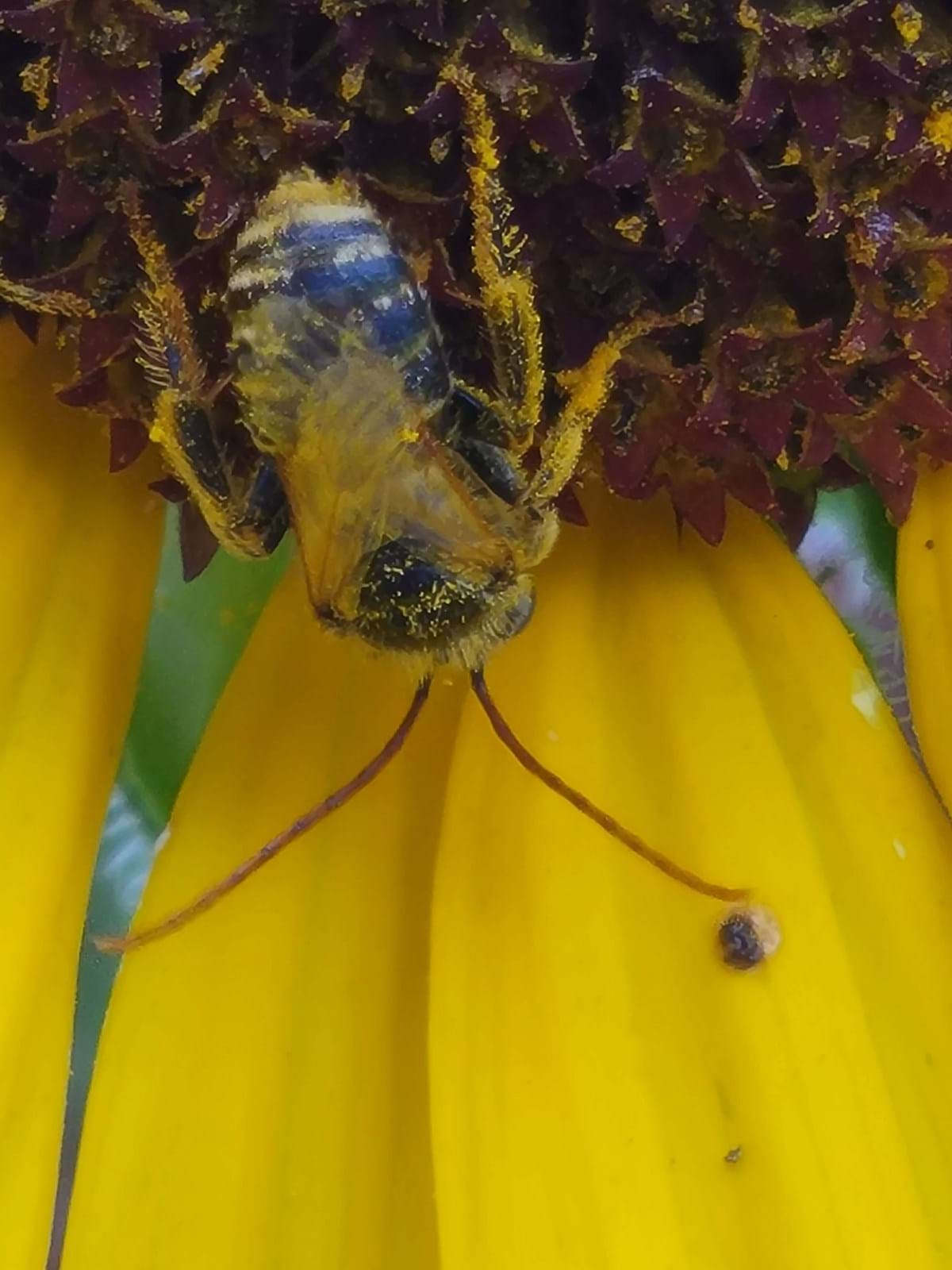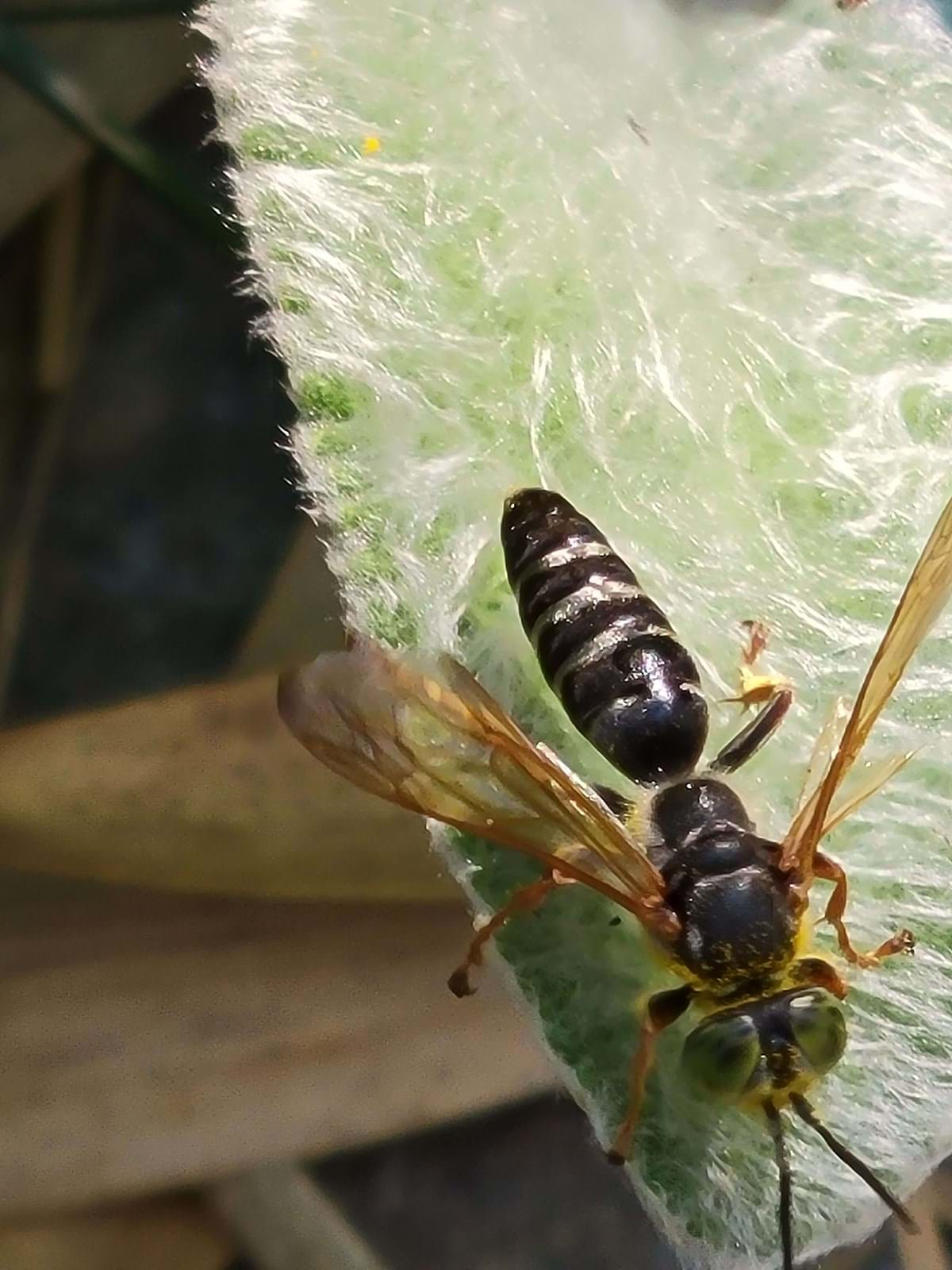There are approximately 4,000 species of native bees in North America. Together they comprise the most important group of pollinators as they intentionally collect pollen to feed their young. Pollinators, including bees, beetles, butterflies, flies, wasps, beetles, and birds provide an essential role in our environment by transferring pollen between flowers and ensuring the development of seeds and fruits. Like many species of wildlife, pollinator populations are in decline. These animals face many threats including habitat loss, invasive species, climate change, and overuse of pesticides. As native vegetation is replaced by roadways, manicured lawns, crops and non-native gardens, pollinators lose the food and nesting sites that are critical for their survival.
Community scientists can monitor bees and other pollinators to yield useful data that may guide conservation efforts. Currently our understanding the of the pollinators that use various habitats, both urban and rural is limited. Documenting the diversity and abundance of pollinators in our community can provide critical information to scientists and land managers developing conservation research and plans. This project provides an opportunity to contribute to nationwide efforts to establish baseline information on population diversity and status of these important insects.
For this project, volunteers are trained to be ambassadors to promote the conservation of pollinators. Volunteers will conduct bi-monthly to weekly one-hour surveys from mid-April through September of pollinators at bee boxes and in the surrounding habitat at one of the predetermined parks and/or open space reserves listed below. No prior experience is needed! Each volunteer will adopt a location to observe throughout the season. The data are then collected, uploaded to iNaturalist, and analyzed to assess the status of pollinators in the area.
Training sessions on data collection protocols, pollinator identification, and iNaturalist will be provided at the beginning of the season.
The program kick-off for the 2024 season is on April 24th from 5:30pm-7 at the Jim Hall Foothills Learning Center. Registration is closed for the season.
Happy pollinator spotting wherever you go!



